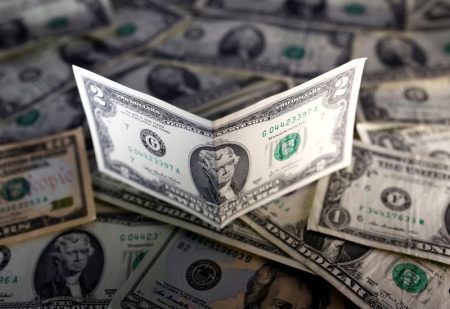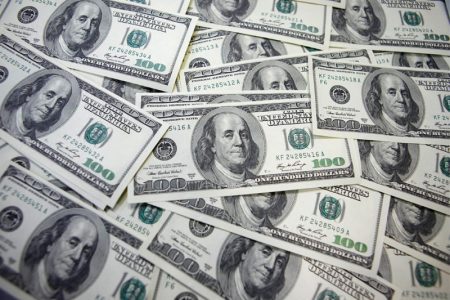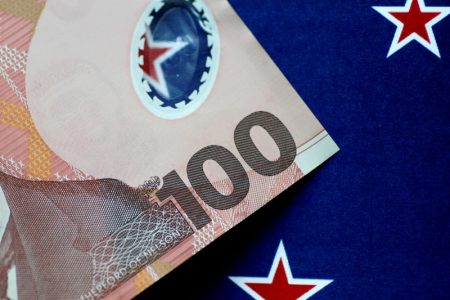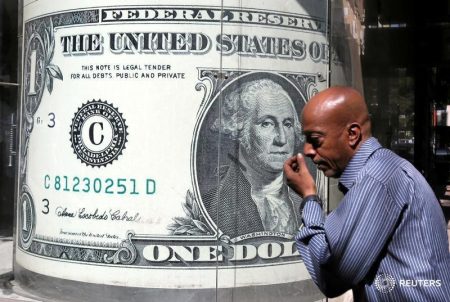By Samuel Indyk and Rae Wee
LONDON (Reuters) -The U.S. dollar extended its decline on Monday, having fallen by the most since July last week after the Federal Reserve dialled down its hawkish rhetoric and U.S. data showed signs of moderation.
The eased 0.2% to 104.85, its lowest level in 6-1/2 weeks, after falling 1.4% last week.
The euro gained 0.2% to a 7-1/2 week high of $1.0756.
World stocks too had their strongest week in a year last week as expectations the Fed was done raising rates gathered steam.
Other indicators such as weakness in U.S. jobs data, softer manufacturing numbers and a decline in longer dated Treasury yields also hurt the dollar, while stoking rallies in sterling and the dollar and causing the yen to bounce from the weaker side of 150 per dollar.
“We always say bad news is good news,” said Tina Teng, a market analyst at CMC Markets (LON:) in Auckland. “So it’s good then there is expectation for the Fed and other central banks to end the rate hike cycle sooner.”
She expected the dollar to remain on a weaker trend through November.
Dane Cekov, senior FX strategist at Nordea, called last week’s moves an “overreaction”, saying the jobs data was a “mixed bag”.
“You could still see a somewhat weaker dollar in the short-term but if the (euro-dollar) rally continues it needs to get some fuel from somewhere.”
JPMorgan analysts say a sustained dollar selloff would need signs of improvement in the euro zone, China and other regions which it says are “still tenuous”.
The latest manufacturing surveys from China and Europe’s GDP and inflation data bear that out.
Treasury yields slumped last week after the softer U.S. data and with Fed Chair Jerome Powell speaking of ‘balanced’ risks. The U.S. government also cut its refinancing estimate for this quarter, and announced lower increases in long-dated debt auctions than expected.
Yields on 2-year notes have dropped 25 basis points in roughly two weeks, while 10-year yields languished near a five-week low and last stood at 4.5829%. The front end of the curve remains deeply inverted.
Futures markets implied a 90% chance the Fed was done hiking, and an 86% chance the first policy easing would come as soon as June.
Markets also imply around an 80% probability the European Central Bank will be cutting rates by April, while the Bank of England is seen easing in August.
The Japanese yen slipped 0.1% to 149.47 per dollar. Nordea’s Cekov said the yen likely needs to be around the 155 per dollar area for Japanese authorities to consider intervention or to talk the currency up.
The yen hit 151.74 per dollar last week, edging close to last October’s lows that spurred several rounds of dollar-selling intervention by the Bank of Japan.
Sterling was up 0.3% at $1.2414. Britain’s GDP data for the fourth quarter is due this week and, while the pound rallied strongly last week in a market that is heavily short the currency, it is still down about 5.5% since a July peak.
In cryptocurrencies, bitcoin was steady at $34,974. The risky asset has been buoyed by the expected end of central bank policy tightening cycles.
The crypto industry has also become focused on the prospect of new spot bitcoin exchange-traded funds (ETFs), which would open the market to more investors. Though none have been approved, several firms have filed for such a product.
Read the full article here















